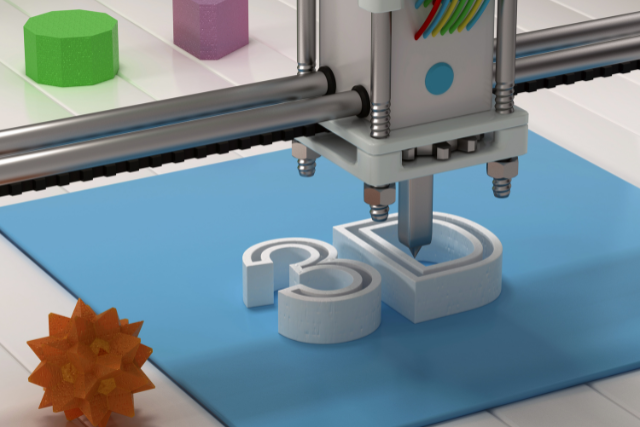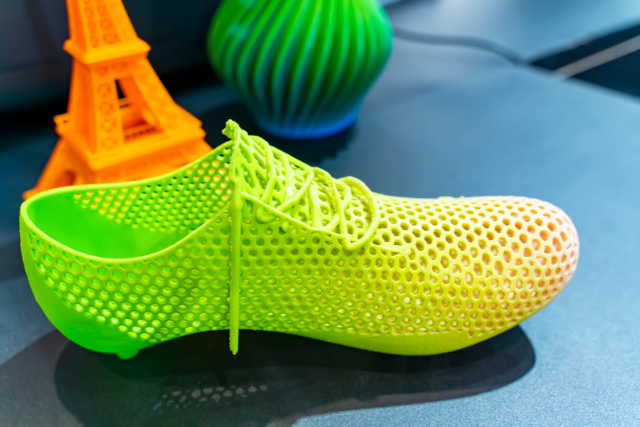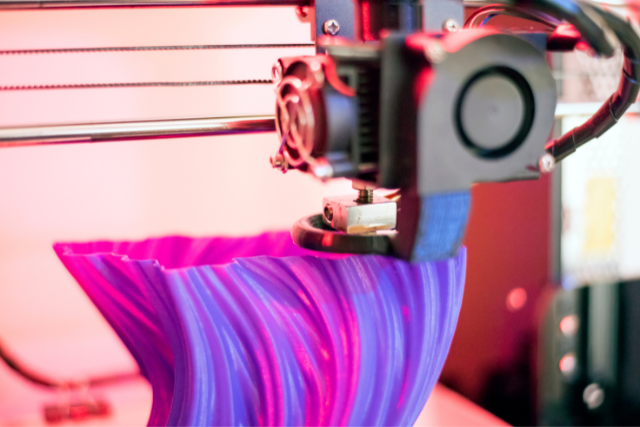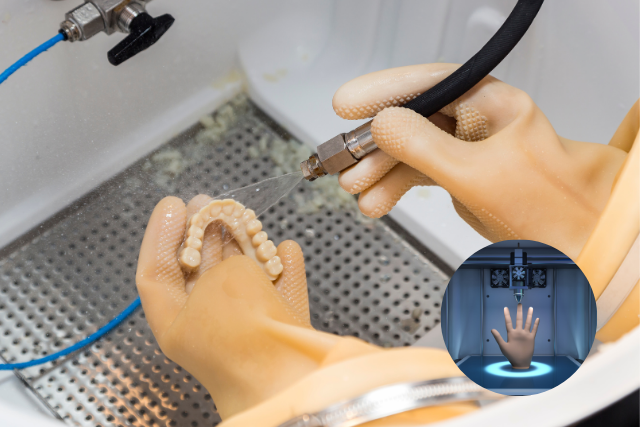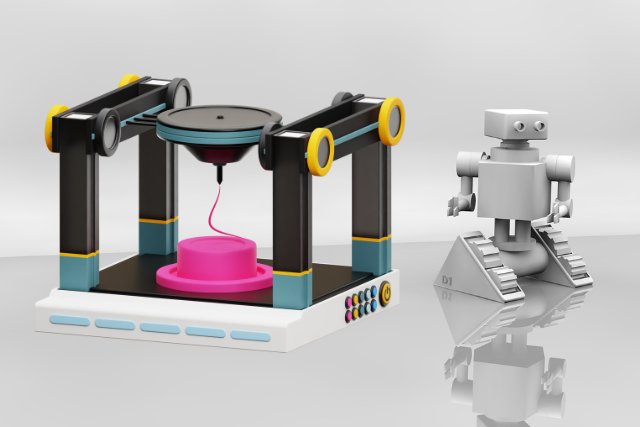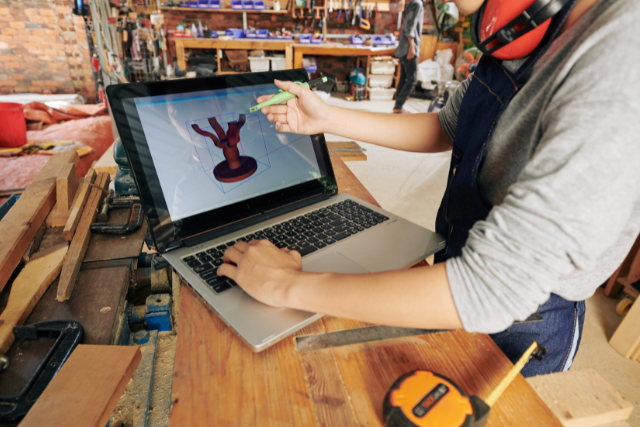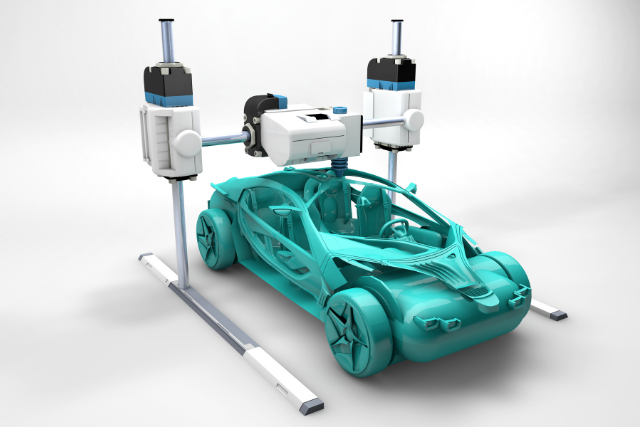Stepping into 3D printing is akin to unlocking a door to endless possibilities where your creativity can take shape.
If you’re just getting your feet wet, you’ll find that Fused Deposition Modeling (FDM), Stereolithography (SLA), and Digital Light Processing (DLP) serve as the best starting points. Each technology offers a unique blend of ease of use, affordability, and quality, making them ideal for beginners.
FDM lets you build up objects layer by layer with thermoplastic filaments. SLA uses ultraviolet light to cure liquid resin into solid objects, and DLP works similarly but uses digital light projection for faster results.
Are you curious about which will best suit your creative needs and why?
Let’s look at the nuances that distinguish these technologies and help you make an informed choice.
Key Takeaways
- FDM is highly affordable and versatile, ideal for beginners experimenting with 3D printing.
- SLA provides exceptional detail and finish, suitable for projects requiring precision.
- DLP offers a balance of speed and quality, perfect for quick prototyping.
- Assessing project requirements, budget, and desired detail level is crucial in choosing the right technology.
Fused Deposition Modeling (FDM)
Fused Deposition Modeling (FDM) is a 3D printing method where you’ll watch materials heated and extruded through a precise nozzle to build your object layer by layer.
It’s like watching magic happen before your eyes, but you’re wielding technology instead of spells. This process allows you to bring your wildest ideas to life, from prototypes to functional household items, all from the comfort of your space.
You’re not just limited to one type of material. With FDM, you have options ranging from common plastics like ABS and PLA to specialized filaments that mimic wood or metal. Imagine creating something that looks and feels like oak but was printed in your living room!
The beauty of FDM lies in its accessibility. You don’t need a hefty bank account or a degree in rocket science to get started. A basic printer can be surprisingly affordable, and a wealth of online communities and resources are at your fingertips, ready to guide you through your 3D printing journey.
Embrace the freedom to experiment, innovate, and liberate your creative potential. FDM isn’t just about making things; it’s about breaking barriers and realizing your power to create.
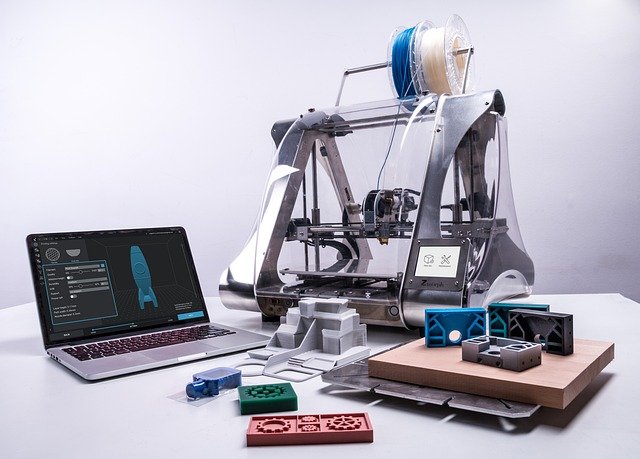
Stereolithography (SLA)
Stepping further into 3D printing, you’ll find Stereolithography (SLA) as a fascinating technique that uses light to turn liquid into solid, layer by captivating layer.
Imagine drawing with a beam of light, but instead of ink, you use a resin that hardens upon contact. That’s SLA for you – a process that’s as magical as it sounds.
SLA stands out for its incredible precision and smooth finish, qualities that make your creations look and feel professional. You’re not just making models; you’re crafting detailed sculptures, intricate jewellery, or even functional parts that need to be exact.
The level of detail you can achieve is astounding, making it a favourite among enthusiasts and professionals.
But here’s the kicker: SLA printers do require a bit more investment, both in terms of time and money. You’ll need to handle the resin carefully, and post-processing involves cleaning and curing your prints.
Yet, if you’re after unparalleled detail and quality, diving into SLA printing is a journey worth embarking on. It’s a liberating feeling watching your designs come to life with such clarity and precision.
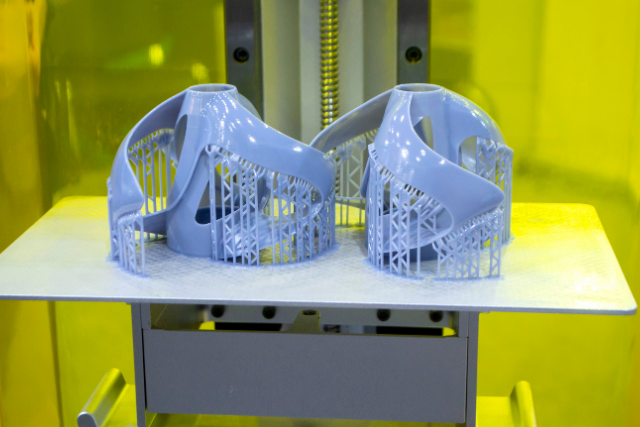
Digital Light Processing (DLP)
Shifting our focus to Digital Light Processing (DLP), you’ll discover a technique that, like SLA, transforms liquid resin into solid objects but does so with remarkable speed and efficiency.
DLP uses a digital projector screen to flash a single image of each layer simultaneously.
This means entire layers are cured in the blink of an eye, significantly speeding up the printing process. DLP could be your ticket to rapid results if you’re itching to dive into 3D printing but don’t want to wait ages for your creations.
Here’s why DLP might be your go-to:
- Speed: It’s fast. Fast. Unlike methods that draw out each layer, DLP cures whole layers in seconds.
- Quality: You aren’t sacrificing quality for speed. DLP printers produce highly detailed objects that can match the intricacies of more time-consuming methods.
- Accessibility: With advancements, DLP printers have become more affordable and user-friendly, making them a solid choice for beginners eager to explore 3D printing.
Using DLP means stepping into a world where your creative ideas aren’t just possible but quickly brought to life. Get ready to unleash your imagination without being held back by sluggish printing times.
Conclusion
So, you’ve explored Fused Deposition Modeling (FDM), Stereolithography (SLA), and Digital Light Processing (DLP), the top 3D printing technologies perfect for beginners like you.
Each method offers unique benefits, whether you’re looking for precision, speed, or ease of use. Remember, there’s no one-size-fits-all solution; it’s about finding the best for your project needs.
Get involved in experiments, and don’t be afraid to make mistakes. After all, every print brings you one step closer to mastering the art of 3D printing. Happy printing!

